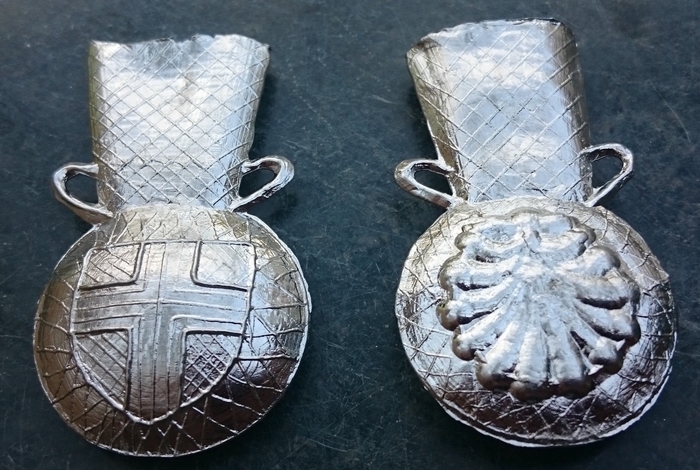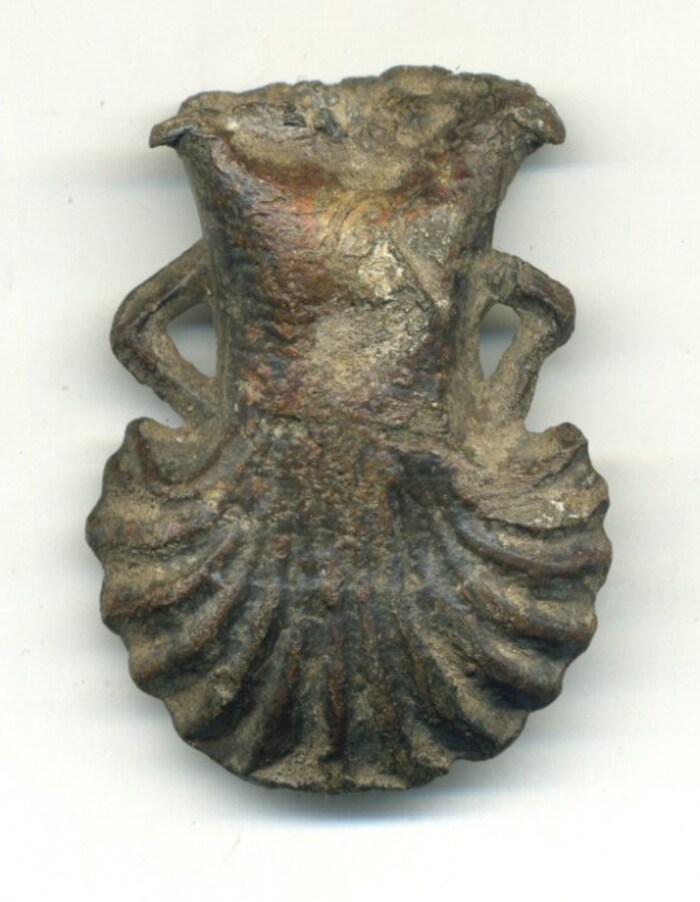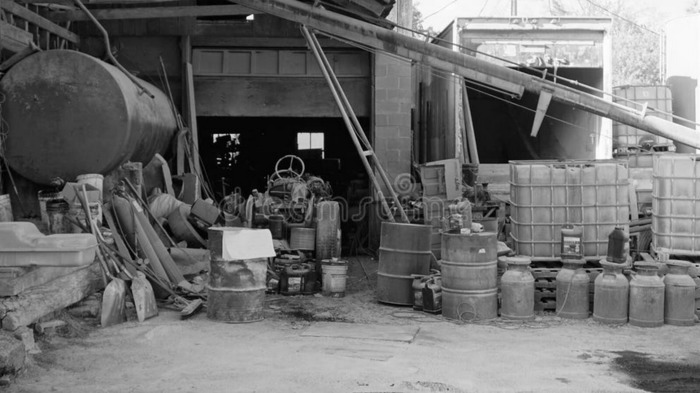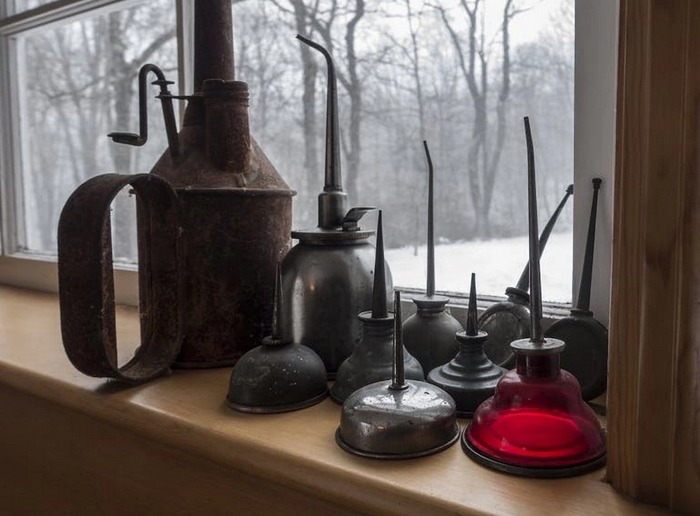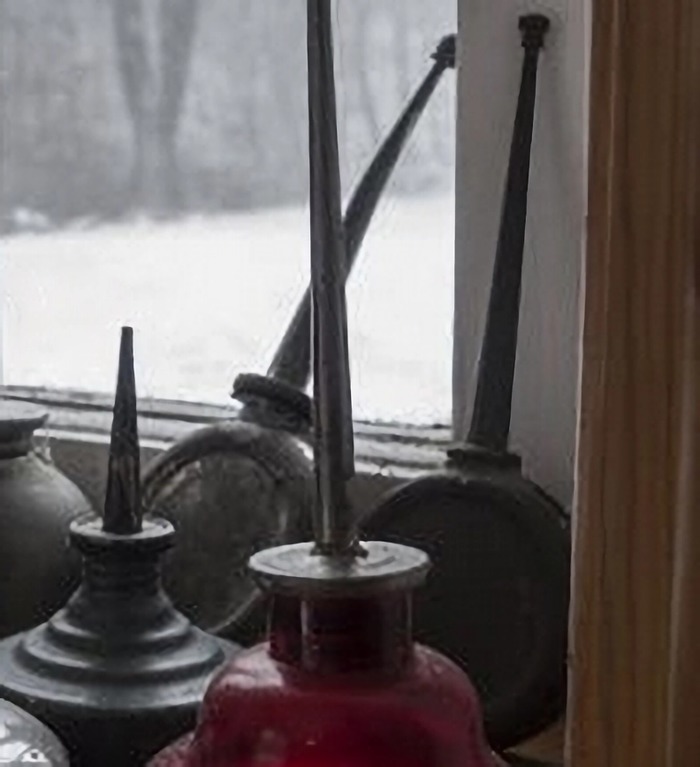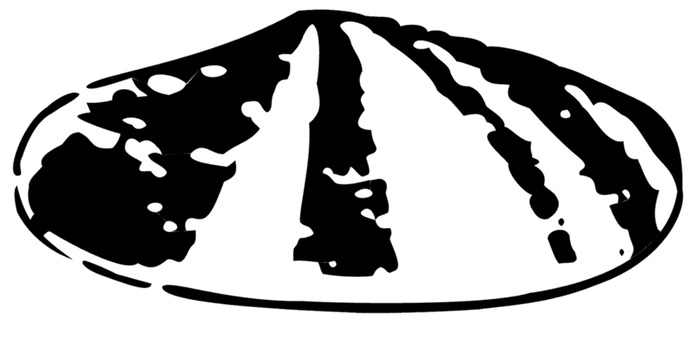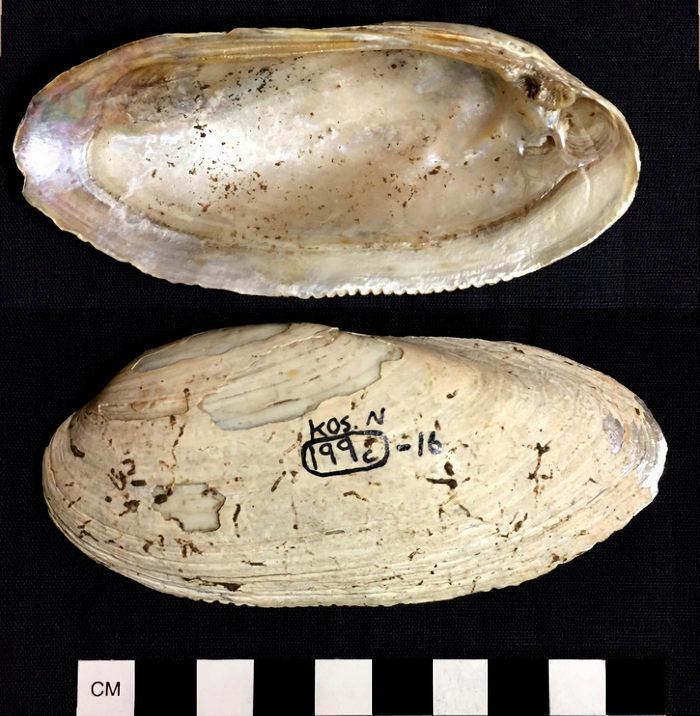Did litter become a cargo cult? Sat 01 June 2024
Pilgrim ampulla (flask-type) 'badge'. Winchester. Source: St Cross Hospital ampulla
These are reproductions.
From St Cross Hospital ampulla:
This pilgrim’s ampulla is a close copy of one found on the grounds of the St Cross Hospital and Almshouse of Noble Poverty in Winchester, by the 2013 Winchester Archaeology and Local History group excavation of what are thought to be the 13thC foundations of the hospital. It is possible it is a later period deposit.
Pilgrims would fill their ampulla with holy water from a pilgrimage site, and then use the water as a magic potion to cure their ills in time of need.
A good condition original is more likely to look like this:
Note how the end of its neck looks battered.
After opening, that long flexible neck could be rolled or pinched closed.
Today, we'd call it 'resealable'.
Pilgrims pinned these to their clothes or hung them around their necks on cords threaded through the loops.
Then - we're told - pilgrims 'damaged' them and threw them away:
He's right about what's wrong. Source: Bless The Fields
These 'votive offerings' are most often found on farmland and in rivers. Jennifer Lee already took apart orthodoxy's "I'll toss my souvenir into a river" theory in her Medieval pilgrims’ badges in rivers: the curious history of a non-theory.
So let's focus on why pilgrims scattered religious souvenirs around farmland.
The video starts with three different ampullae patterns: a scallop, something undefined and a star-flower affair. It says they usually contained oil or water.
Is it possible, their shape and decoration said something about their contents and their real purpose? In the absence of studies comparing their shape and decoration with traces of their contents, we can't sure.
But the pilgrims seem to have been acting like farmers and farm workers. Professionals who discard empty containers:
Modern discarded containers can be quite big. Source: Vintage Oil Cans - Dreamstime
We're more interested in small containers:
Dispensers of holy mineral oil. Source: Vintage Oil Cans - Dreamstime
We're interested in the two cans at the back on the right - the ones with the really long necks. The ones that most resemble the flattened shape of pilgrims' ampullae:
Refillable ampullae. Source: Vintage Oil Cans - Dreamstime
Like pilgrims' ampullae, these oil dispensers won't stand up on their own. They were designed to be carried around n the pockets of overalls and boiler suits. By mobile workers. By workers who moved around on the job.
Perhaps the disappearance of loops catches the transition from clothing without pockets to clothing with pockets. The transition from work-clothes hand-crafted from leather and fur to work-clothes made from woven fabrics.
These oil cans weren't only designed to carry machine oil. They were designed to keep it handy.
Why? Why would that matter to pilgrims? To hair-devils?
Because agricultural shearing and cutting tools take a lot of sharpening and lubricating. Especially when you are paid per piece and therefore working through as much hair, hide and skin as possible
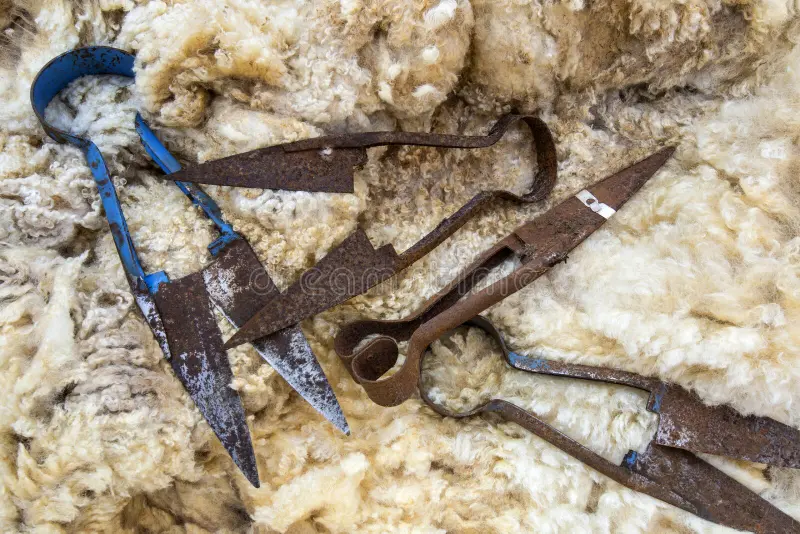
Lots of blades take lots of sharpening... Source: Antique Sheep Shears - Etsy UK
The shell pattern on some pilgrimage ampullae hints at the evolution of oil refining.
From History of the Shell Logo Design:
Shell, officially known as Royal Dutch Shell, was founded in 1907 due to a merger between two major companies, Royal Dutch Petroleum Company and Shell Transport and Trading Company.
1955 Shell logo. Source: Shell Oil Can - Dreamstime
From History of the Shell Logo Design:
The symbol, a stylised seashell, first appeared in the late 1940s. Inspired by the shape and form of actual seashells, the design encapsulated the company's connection to nature and its focus on energy derived from fossil fuels.
The first appearance of the Shell name and logo can be traced back to the early 1900s.
Original Shell logo design. Source: History of the Shell Logo Design
"Actual seashells" hints at the oil industry's pre-petroleum days. A very manual - and therefore resource-efficient - time:
Shell hide scraper. Source: Raw Materials and Technology
Shell scrapers removed hair from hides.
They also removed sub-cutaneous fat from hairy and hairless animals. The hides were then tanned into leather. The fat was then turned to many uses, one of which was rendering into fine grease and oil.
Rendering animal fat is simply an early form of oil refining.
Ghee! Who knew?
A peculiar feature of England is the sudden appearance of shell-decorated grottoes in the 17th century. And their disappearance.
From Shell Houses and Grottoes:
British grottoes were built as indoor rooms, often in the area below the stairs leading to the first-floor reception rooms, or piano nobile, in a neo-classical villa.
As the nineteenth century arrived... the shell-decorated grotto was replaced by large rockeries and simulated caves
That's right. It's telling you that England's shell grottoes span the same two-century (acknowledged) period that human skin was used for vellum.
The shell's association with carcass processing are sometimes much more obvious than that:
From Shell Houses and Grottoes:
A grotto boathouse... at Wanstead Park... had a shell-decorated room above the boathouse where he [John, 2nd Early TyIney] stored his collection of coffins.
Why did some ampullae not contain oil but holy water? Special 'water'?
Perhaps because not all lubricating and cleaning fluids are oil:
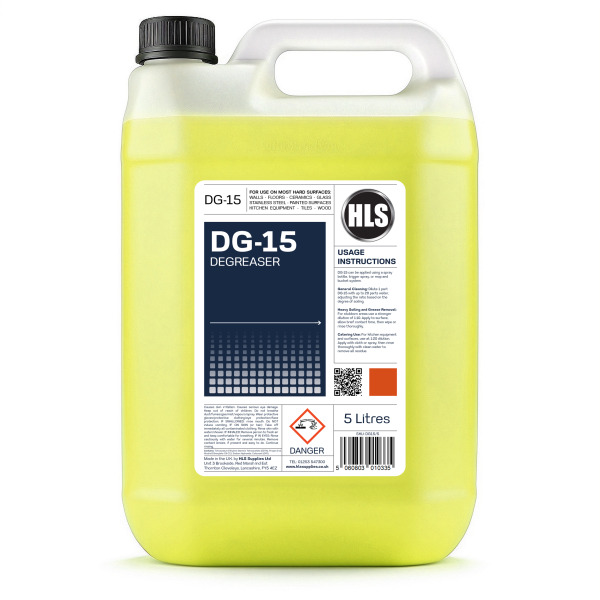
Source: HLS DG-15 - Degreaser 5L
© All rights reserved. The original author retains ownership and rights.
More of this investigation:
IHASFEMR,
More of this investigation:
Misunderstood Technology
More by tag:
#Manimal Farm, #human hair
